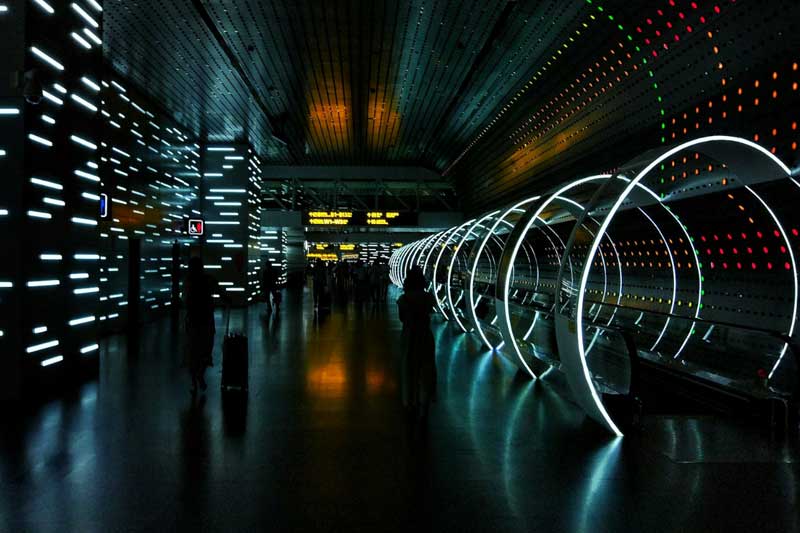
As urban areas continue to expand, so do their energy demands. Cities worldwide are facing the challenge of reducing energy consumption while maintaining adequate public services. One of the most effective solutions has been the adoption of LED lighting. This article explores a significant case study of how LED lighting transformed a major city’s energy consumption, focusing on its long-term benefits for sustainability and urban planning.
Urban centers often struggle with high energy costs and environmental concerns due to inefficient public infrastructure. Traditional high-pressure sodium (HPS) streetlights are known for consuming large amounts of energy and requiring frequent maintenance. In addition, these lights often emit poor-quality light, contributing to safety concerns and reducing the overall visual appeal of public spaces.
Before 2013, the city of Los Angeles, known for its sprawling roadways and dense population, faced these exact challenges. The cost of powering and maintaining its streetlights was skyrocketing, leading to substantial budgetary constraints. The city needed a sustainable solution that could cut costs, improve public safety, and reduce its carbon footprint.

The city of Los Angeles embarked on what would become the largest LED streetlight replacement program in the world. Initiated in 2009 and completed in 2013, the project involved replacing over 140,000 streetlights with energy-efficient LED fixtures.
Implementation Process: The project was carried out in phases to minimize disruption. Each phase involved the replacement of old HPS lamps with LEDs in targeted areas, monitored by the Bureau of Street Lighting. The city also employed smart lighting controls that allowed for remote monitoring and adjustments, ensuring optimal performance and energy savings.
The transformation was profound, yielding substantial benefits for the city:
Real-Life Success: Residents reported a notable improvement in the quality of nighttime visibility. This change not only contributed to safer streets but also encouraged more outdoor activities during the evening, supporting local businesses and fostering community engagement.
The success of Los Angeles’ LED streetlight project serves as an inspirational model for cities worldwide. Key takeaways from the project include:
The Los Angeles LED streetlight retrofit project is a powerful example of how large-scale LED implementation can lead to transformative outcomes for urban areas. The city’s commitment to energy-efficient, sustainable lighting not only resulted in impressive financial and environmental benefits but also set the stage for future smart city initiatives. For other cities facing similar challenges, adopting LED lighting with advanced monitoring systems can be a game changer in achieving sustainability goals and fostering a safer, more livable urban environment.